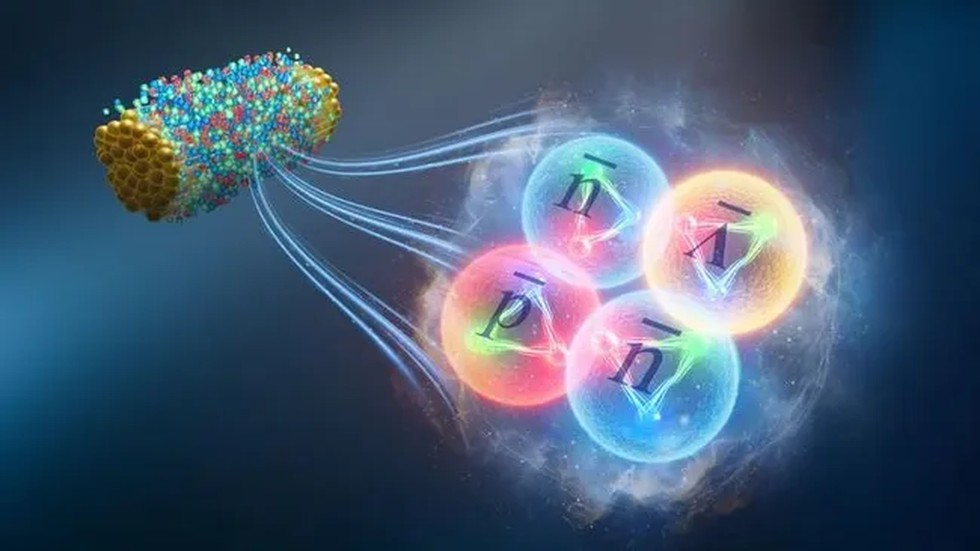- This discovery, resulting from over 6 billion collision events, could offer insights into the fundamental differences between matter and antimatter, helping to explain why the universe is primarily composed of matter despite the equal creation of antimatter during the Big Bang.
What is Antimatter?
- Definition: Antimatter is similar to ordinary matter but with the opposite electric charge, often referred to as "mirror matter."
- Examples:
- The antimatter counterpart of an electron (which has a negative charge) is the positron, which has the same mass as an electron but carries a positive charge.
- The antimatter equivalents of protons and neutrons are known as antiprotons and antineutrons, respectively.
- Collectively, these are known as antiparticles.
Antimatter Formation and Properties:
- Creation: Both matter and antimatter were created in equal amounts during the Big Bang. However, a slight imbalance allowed more matter to survive, forming the universe as we know it.
- Coexistence: Matter and antimatter cannot exist together for long; they annihilate each other upon contact, releasing vast amounts of energy in the form of gamma rays or elementary particles.
- Human-made antimatter: Scientists can create antimatter particles in high-energy environments, such as particle accelerators like the Large Hadron Collider (LHC) operated by CERN near Geneva. These collisions simulate the conditions shortly after the Big Bang, allowing the brief creation of antimatter.
- Natural antimatter: Apart from laboratory conditions, antiparticles are also naturally produced sporadically throughout the universe.
